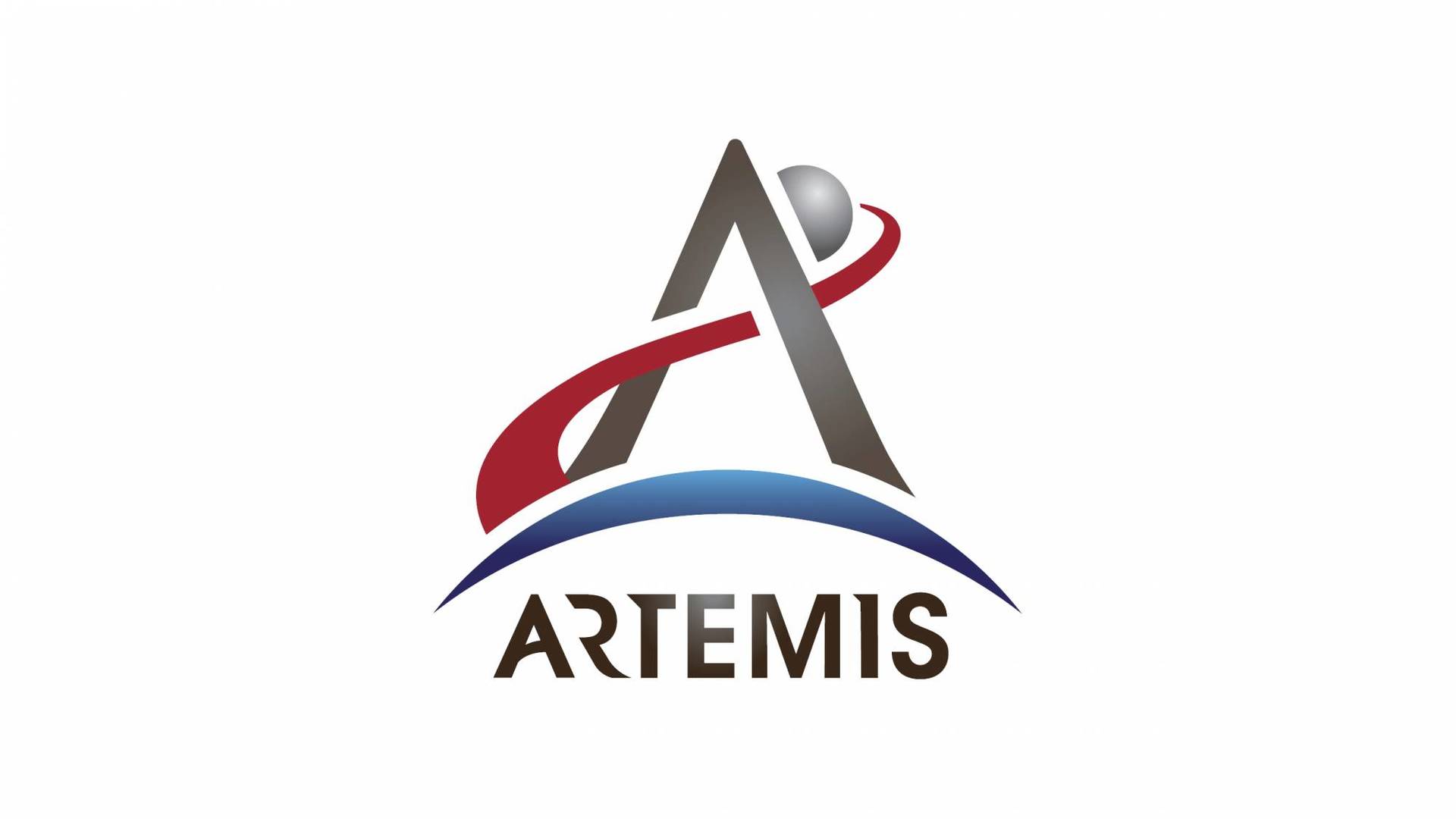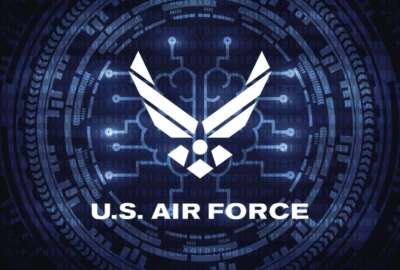This newest Air Force squadron doesn’t fly anywhere
"We activated the squadron to formalize that presence here, and makes it an ongoing presence for the future operations," said SMSgt Erin Barge.
The newest Air Force squadron does all of its work on the ground, in one place. The Air Force recently activated the 316th Inpatient Squadron at the Walter Reed National Military Medical Center in Bethesda, Maryland. Air Force Senior Master Sergeant Erin Barger joined the Federal Drive with Tom Temin.
Interview transcript:
Tom Temin And Walter Reed, of course, is a joint effort. There’s Army, Navy, Air Force there. Tell us about this new squadron. What does it do and how did it form?
Sgt. Erin Barger First of all, we had a presence here for quite a long time before we formalized this squadron. We’ve been here with training agreements for the past ten years or so. But that gets a little bit cumbersome to continuously monitor upgrade that. So we activated the squadron to formalize that presence here, and makes it an ongoing presence for the future operations and trying to get after the next generation fight.
Tom Temin And what do the members actually do? In-patient operations could be a million things.
Sgt. Erin Barger That’s true. So our presence here is primarily within the critical care units, specifically any adult ICUs. We make up approximately one-third of the presence here in the ICUs. And we have also absorbed the Air Force members who are assigned under the Graduate Medical Education program. So the residency programs that people do as part of their postgraduate stuff. So there’s they’re embedded in 24 different programs. Pediatrics, obstetrics, neuro, several different programs. And we’re happy to help them on their education path.
Tom Temin So you have different echelons of medicine than doctors, nurses and so forth as part of the squadron?
Sgt. Erin Barger That’s correct. Yes, sir.
Tom Temin And you have a nursing background, correct?
Sgt. Erin Barger So I am a aerospace medical technician, which can go into either nursing or into EMT care. So I am an EMT by trade. And I also have a lot of flavor of what an LPN would be doing is what I’ve experienced in my in my past.
Tom Temin So and in day-to-day operations, how does it work? There are members of the different armed services are in there for care, and then there are members of the different armed forces giving care. It’s not like Air Force people only take care of Air Force people, etc.. Fair to say?
Sgt. Erin Barger That’s correct. That is absolutely fair to say. We embed for both the leadership aspects of making sure staff are educated on their various paths, regardless of what service branch they’re in. And we make no distinction between different service branch when you’re talking about a patient. So the care that Walter Reed provides includes the all service branches, and we also have the executive branch of medicine and a lot of members of Congress come through for care at Walter Reed. So it’s pretty diverse in terms of who we take care of.
Tom Temin Right. And is there any kind of characterization as the mode of people that are there? Is it mostly uniformed service members, active duty, or is it more mixed than that?
Sgt. Erin Barger It ebbs and flows based on the mission demands, of course. So when we’re at war, you can imagine the majority of our patients are wartime casualties that come back for treatment and care here as they’re, knock on wood, we’re not at a significant conflict right now. The majority of the patients that we see day to day are either retirees or the people who are local to the area here, to the other bases that are assigned to the NCR.
Tom Temin We were speaking with Air Force Senior Master Sergeant Erin Barger. She’s the senior enlisted leader of the 316th inpatient operations squadron. And what is your day-to-day life like? In other words, you’re not in there with patients giving care, correct? Or do you oversee the people that do that or what do you do all day?
Sgt. Erin Barger What do I do all day? That’s a good question. I’m just kidding. So I’m primarily in an administrative role at this point. My key responsibilities are to advise the commander on any matters pertaining to the staff, train, equip and discipline of the force that we have of 136 airmen in this case. I also serve as an advisor to the other senior enlisted on this organization so that we make sure the operations of the facility flow smoothly.
Tom Temin And if there’s 136 airmen at Walter Reed, that’s a tiny minority of the staff that’s there.
Sgt. Erin Barger That’s correct. Captain Austin the director of Walter Reed said it best, I think, that we are a small but mighty footprint within the organization to help those key missions.
Tom Temin And do you get the respect you deserve? They don’t walk by, say, one of the Air Force.
Sgt. Erin Barger I am part of the family here and I feel it every day. We are certainly one team and they frequently reach out to us to make sure that we’re doing ok and ask advice on how we can better integrate and stuff like that. So I feel very welcome here. And it’s a blessing to be assigned to Walter Reed.
Tom Temin And presidents go there for their annual physicals. And during the Trump administration, President Trump was there for a significant period because of COVID. And it’s not often that presidents go for more than the daily, the one day yearly checkup. But what happens? What’s it like there when that occasion occurs?
Sgt. Erin Barger Well, obviously, I don’t want to violate the president’s, personal health information and stuff.
Tom Temin No, I just meant the surrounding offices and parking and all that kind of stuff.
Sgt. Erin Barger So we do put some stuff in place to make sure that the president is obviously protected. So it adjusts the traffic flow to make sure that there’s a clear path and that there’s not a possibility of active shooter situations or any other things like that. So we rely on the base partners for that. But honestly, it doesn’t really disrupt the flow. You have to send patients down a different hallway from time to time, but whatever patient we get here is a patient first before they’re the president.
Tom Temin Well, those of us that ride up and down Rockville Pike hope the president goes by helicopter, because the real disruption would be there on the Route 355 outside the front gate.
Sgt. Erin Barger That’s a fair statement.
Tom Temin Getting back to the 316th. I guess those of us who have been in Washington a long time, your people are all over the facility and it’s a vast facility. Do you have any means of making the squadron feel like a squadron when everyone’s doing a different job on different shifts and different locations throughout the week?
Sgt. Erin Barger So I think you’d probably have to talk to one of my junior airmen to see how they feel about whether or not they feel like they’re part of a squadron. But I’ll tell you, when we did our first commander’s call after the activation and even during the ceremony itself, everyone was so excited that we will have a command team here so they don’t have to drive down to Andrews for absolutely everything that you’d need a commander’s action on. And just knowing there’s somebody across the campus versus across the NCR, like you said, traffic on the 495 to get down there is insane almost every time. So I think our people are excited. At least I hope they are right.
Tom Temin So in other words, it’s almost a customer experience improvement for the Air Force members there in terms of just getting things done administratively or whatever for their careers?
Sgt. Erin Barger Absolutely. Yes, sir. And having somebody here that can help with like the life issues as they come up is exponentially helpful.
Tom Temin So and by the way, you have a personal interest in ensuring great health care for the patients that you help and also great training for the people that administer the help.
Sgt. Erin Barger Absolutely. So amongst many things in my career and my time, flying airbag missions and that sort of thing and taking care of people, everyone knew what Walter Reed was, but I personally know a lot about it. So my husband actually was treated at the old Walter Reed before they moved up to this campus and had significant injuries. And I believe that it’s our efforts and the efforts of those in the past that saved his life. He wouldn’t be with me today at all if it wasn’t for that, wasn’t for Walter Reed. So it’s a passion to make sure that my airmen and my soldiers, my sailors that I’ve influenced have the ability to take care of those folks and the next generation fight. We can’t do our mission without something like Walter Reed in the background to support.
Copyright © 2024 Federal News Network. All rights reserved. This website is not intended for users located within the European Economic Area.
Tom Temin is host of the Federal Drive and has been providing insight on federal technology and management issues for more than 30 years.
Follow @tteminWFED






